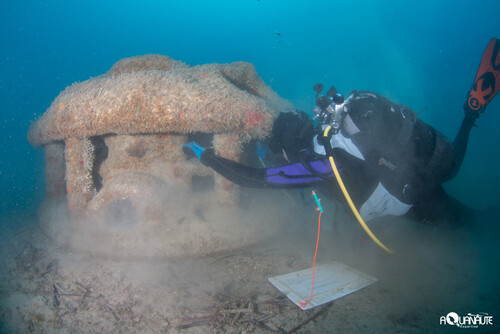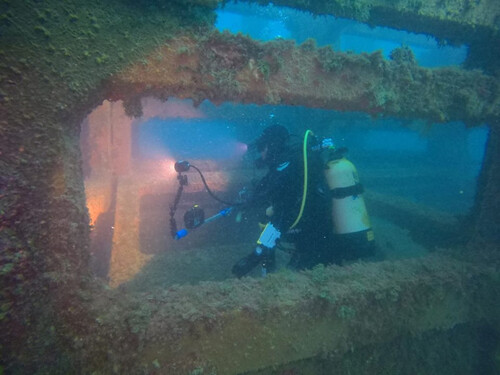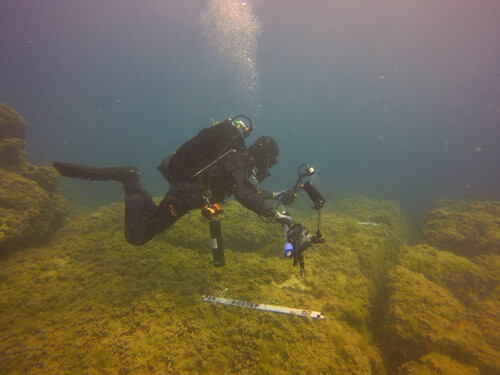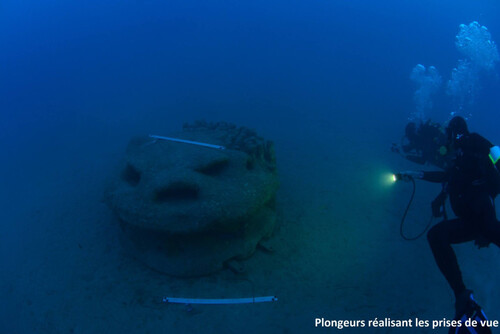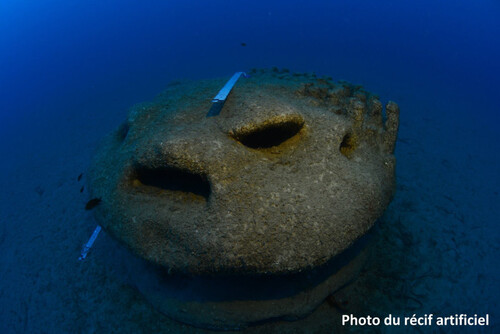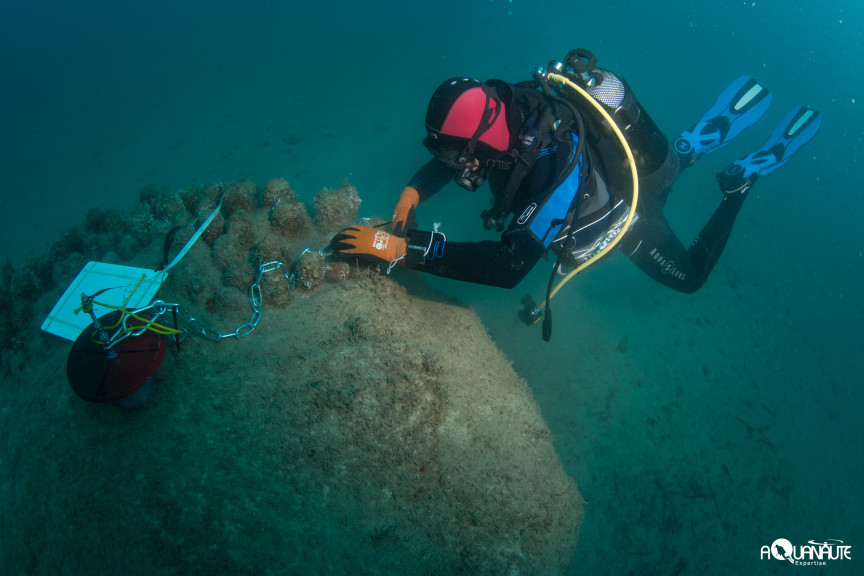
Study of the complexity of habitats and photogrammetry (ECOSEAS / AMPN laboratory)
Marine Protected Areas
The objective is to develop a method to precisely measure the structural complexity of artificial reefs. This will make it possible to compare the complexity of the new printed reefs with that of natural substrates but also to establish a link between the complexity and the abundance of the populations. In other words to show that an increase in architectural complexity leads to an increase in biodiversity.
Different indices have been developed in the laboratory by integrating several scales ranging from the unit to the village of reefs. The results will be compared to more conventional measurement indices (measurement of the fractal dimension in particular).
Alongside the indices developed in the laboratory, photogrammetry was also used. The objective is to reconstruct in 3D as faithfully as possible submerged objects from series of photographs. The difficulty of this approach is to be able to develop a 3D model as close as possible to reality. In this context, the know-how and methodology in underwater photogrammetry of the companies Créocéan and Geolab were used to model the artificial reefs produced with a 3D printer immersed in the Larvotto MPA by comparing the model obtained by photogrammetry with the 3D digital reef model. This method has also been applied to the artificial reefs submerged in the Roquebrune Cap Martin reserve as well as to natural rocky habitats. The acquisition of the photogrammetric model of natural or artificial habitats will quickly enable their complexity to be measured, in addition to the methods under development.
The study of complexity was completed by measurements of the structure of in situ habitats.
This program was carried out in collaboration with THALASSA Marine research & Environmental awareness. A field campaign made it possible to measure the structure of in situ habitats in the Larvotto MPA and the Roquebrune Cap Martin reserve. The results will make it possible to compare the variability of the indicators of the structure of the habitat and their relevance according to the measurements carried out in situ or on digital models derived from photogrammetry.
http://ecoseas.unice.fr/index.php/news-page/142-photogrammetry-and-3d-artificial-reefs-in-monaco

